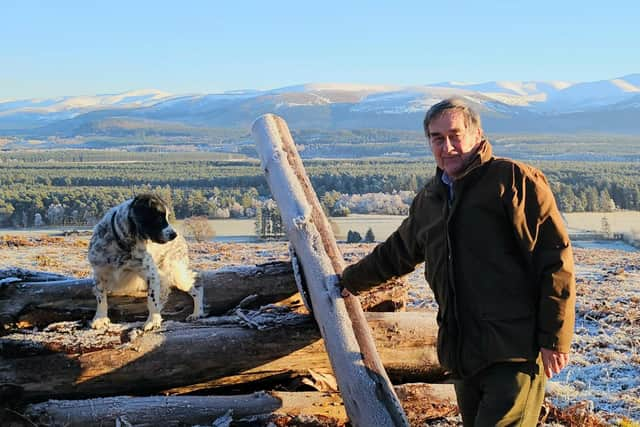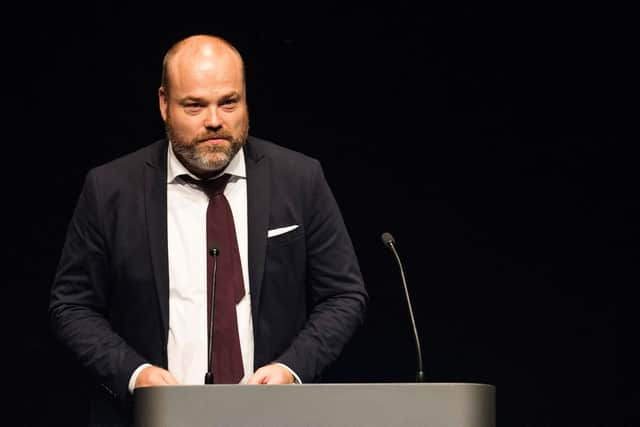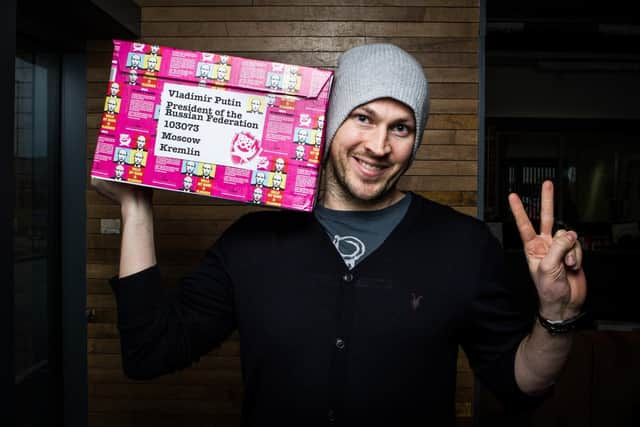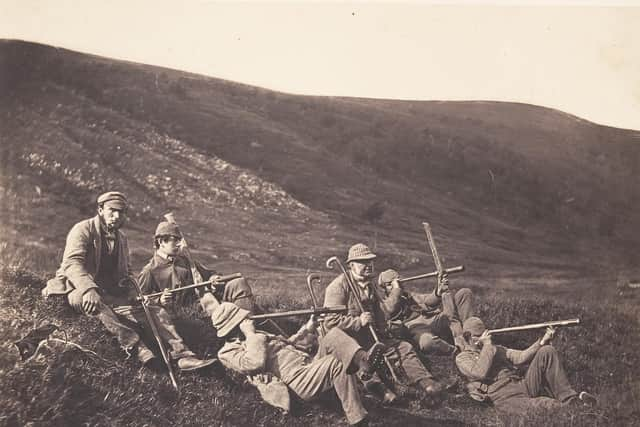Highland laird gets £25m valuation for estate given carbon offsetting potential - but describes price as a 'scam'
A Highland laird whose estate value has more than doubled to £25 million give its potential for carbon offsetting projects described the rise as a “scam” as new research emerges about the effectiveness of such schemes and their impact on the environment.
Jamie Williamson, owner of Alvie and Dalraddy near Kingussie, said the increased values on the back of natural capital projects, such as tree planting and peatland restoration, downgraded the value of traditional estate activities such as farming and forestry and did little to support jobs and rural business.
Advertisement
Hide AdAdvertisement
Hide AdAlvie and Dalraddy was most recently valued at £25m in 2020 – up from £10m – 12m recorded in 2010.


The latest valuation included around £8m given the scope for natural capital schemes which reward landowners with potentially lucrative carbon credits for every tonne of carbon they pull from the atmosphere with such schemes helping to fuel rising land prices.
Mr Williamson, whose estate spans 5,400 hectares, neighbours Glenfeshie, owned by Danish Billionaire Anders Holch Povlsen, and Kinrara, owned by craft brewing company Brewdog. The firm has reportedly spent £16m so far on creating its ‘Lost Forest’ and says it will remove "hundreds of thousands” of tonnes of carbon from the atmosphere over the next 100 years.
Mr Williamson, a fifth generation landowner, said: "The fact that the value of our land holding more or less doubled the value of the estate to from 10 -12 million to £25m, which included £8m on the hillground with carbon credits is a scam.


"All it needs is for a government to tax the value of this marginally productive land and there is no way we can take the estate through another generation.
"They have hyped up the price of land through carbon credits and they have downgraded the value of what we are doing as productive land managers, which is producing beef, lamb, and venison, forestry and quarry products and holiday parks.
"Hyping up the value of economically marginal, less productive land is benefiting those who sell out and benefiting those who do the deal.
“In terms of the local economy it is a disaster as you are getting more and more land owned by absentee owners who might have a single interest but when eventually they realise their land is not absorbing the carbon and start listening to the science, what happens then?”


Advertisement
Hide AdAdvertisement
Hide AdAnalysis of the estate market in Scotland found “extraordinary” activity in Scotland in 2021 with record investment leading to 28 estates being sold for a combined £250m – or an average of £8.8m although some “cooling” was recorded last year. In 2019, 24 estates were sold at an average price of £2.8m.
Increasing land values have heightened concerns about the ability of local communities to access the opportunities presented by natural capital schemes with calls for the forthcoming Land Reform Bill to address the concentration of land ownership and the rights and responsibilities of land owners who own more than 3,000 hectares.
Other near neighbours of Mr Williamson include Scottish investment firm Abrdn at Far Ralia near Newtonmore which was bought by Standard Life in 2021 for £7.5m for peatland restoration and tree planting. The carbon credits produced by such schemes can be used to offset a company’s carbon emissions or sold. A carbon credit at present is worth £25 for every tonne of carbon removed.


Mr Williamson said growing more trees for forestry products would be a better way to offset carbon given that 81 per cent of forest products were imported.
Mr Williamson queried the environmental credentials of methods being deployed in parts of the Cairngorms to create woodland with some trees being planted at high elevations.
This can lead to slower growing trees which can absorb less carbon. Crucially, planting in soil heavy in carbon rich organic matter, which is prevalent in upland areas, can initially release more carbon into the atmosphere when compared to disturbing mineral rich soils for planting.
A single scheme will usually create woodland at various heights and densities with schemes independently audited over their lifetime to verify the carbon sequestered.
Meanwhile, mechanical excavators have also been deployed in some natural capital projects for intensive ground preparation and "mounding” of land for tree planting although various planting techniques are likely to be used in a single project.
Advertisement
Hide AdAdvertisement
Hide AdAberdeen-based James Hutton Institute is co-leading a consortium that received £6.5m from UK Research and Innovation to provide evidence around land use transformations needed ahead of the UK Government’s Net Zero 2050 target.
Dr Alessandro Gimona, a spatial ecologist, said intensive ground preparation techniques used to plant slower growing trees on carbon-rich soils could result in more carbon being emitted than stored ahead of 2050.
Dr Gimona said: “The Woodland Carbon Code gives quite clear guidelines about what ground preparation releases more or less carbon.
"We have followed those guidelines to assess hypothetical schemes. When you go and calculate the balance between gain (from CO2 absorption by the trees) and what the soil might lose, often in the uplands where soils are carbon rich, if the ground preparation is quite intensive then you find that the balance is negative.
"You might lose more carbon than you gain, at least in the policy time horizon which is 2050 or 2045 in Scotland.”
Alvie Estate was bought by Mr Wiliamson’s great, great uncle Alec in 1927. Initially a sporting estate, investment was later made in timber production, farming, quarrying and tourism . Field sports provide some of its income.
Mr Williamson said: “In contrast to the owners of Glenfeshie and Kinrara this is both our home and our business and our means of making a livelihood – I have no outside income
"From that point of view I am coming from a different angle – I have got to make it pay or I am out.”
Comments
Want to join the conversation? Please or to comment on this article.
